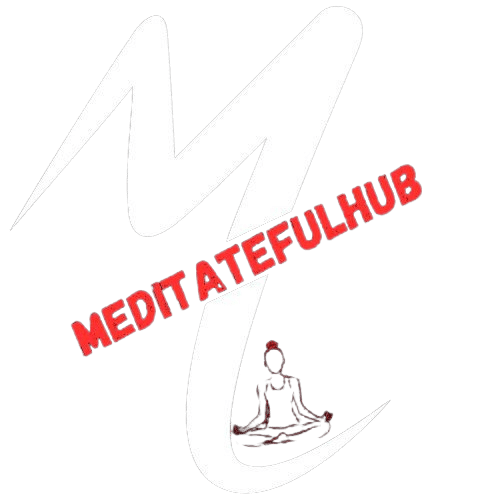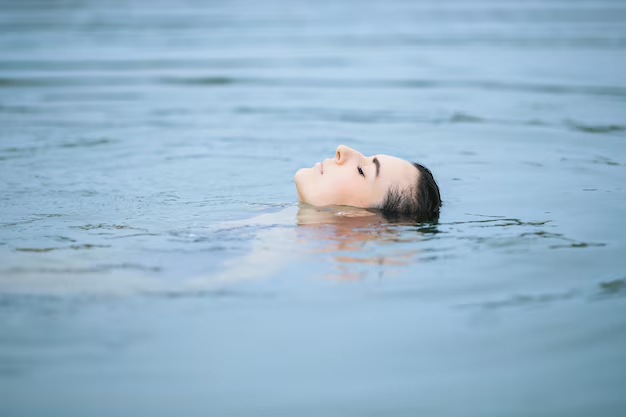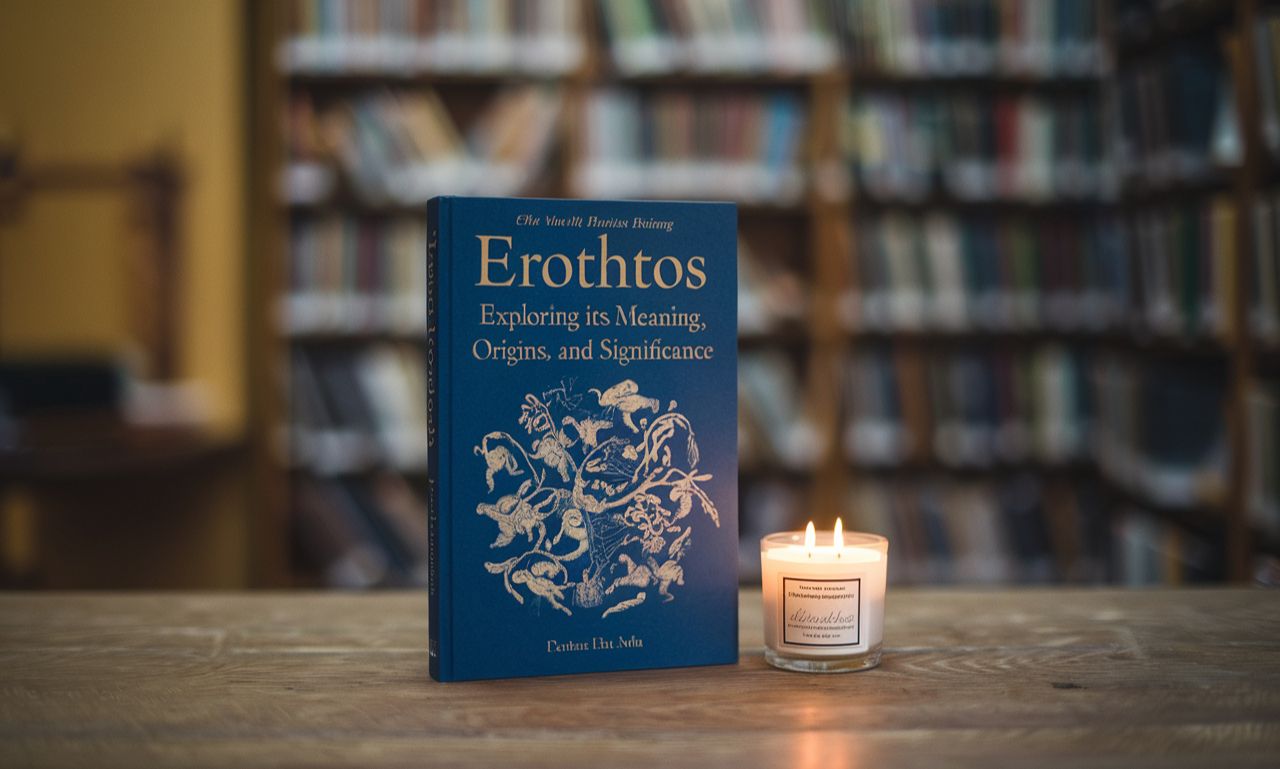Water meditation is an increasingly popular practice for individuals looking to calm their minds, reconnect with their inner selves, and reduce stress. Known for its profound ability to enhance mindfulness, water meditation combines the soothing properties of water with traditional meditative techniques. Whether you’re looking to release daily tension or establish deeper clarity, exploring the different forms of water meditation offers a pathway to improved mental well-being.
Below, we’ll walk you through six types of water meditation you simply have to experience. By the end, you’ll not only gain insight into these practices but also discover how to incorporate them into your routine to tap into their full benefits.
Why Water Meditation?
Before we dive into the types, it’s important to understand why water enhances meditation. Water is naturally calming—its rhythmic movements, sounds, and textures have been shown to help bring people into a mindful state more effectively. Furthermore, water is symbolic of flow, cleansing, and renewal across many cultural and spiritual traditions, making it an apt element for meditation.
Studies suggest that meditating near or within water can reduce cortisol levels (stress hormones), regulate breathing, and promote a heightened state of relaxation when compared to meditating in other settings.
Now that we understand the benefits, let’s explore the six types of water meditation you need to try.
1. Guided Beach Meditation
Beach meditation combines the healing sounds of ocean waves with guided mindfulness techniques. This type of water meditation is particularly effective for beginners as it provides structure and combines sensory input with mental focus.
How to Practice:
- Visit a beach or find an audio recording of ocean sounds.
- Sit comfortably on a towel or mat facing the water.
- Close your eyes. Listen to the sound of waves crashing against the shore.
- Use a guided meditation script or app to focus your thoughts on themes like gratitude, letting go, or grounding.
Why It Works:
The consistent ebb and flow of waves create a natural rhythm that helps you maintain focus and enter a tranquil mental state. Additionally, salty ocean air is known to enhance breathing, deepening the relaxation experience.
2. River Flow Meditation
Rivers symbolize movement and change, making them ideal for dynamic forms of meditation. A flowing river invites you to release stagnant thoughts and allow your mind to “flow” along with the water.
How to Practice:
- Sit comfortably near the banks of a river.
- Focus on the sound of the water splashing against rocks.
- With each breath, imagine your stress flowing away downstream.
- Practice 10–15 minutes of focused breathing while observing the movement of the river.
Why It Works:
River meditation provides a visual and auditory cue to help release worries and cultivate acceptance of the present moment. It’s perfect for individuals struggling with feelings of stagnation in their lives.
3. Rainfall Meditation
Rainfall meditation uses the gentle, repetitive sound of rain as its focal point. It’s a great practice for those who are unable to meditate outdoors as rainfall recordings can provide the same soothing effect.
How to Practice:
- Find a quiet room or peaceful outdoor space where you can listen to rain falling in real time.
- Alternatively, choose a high-quality recording of rainfall sounds.
- Close your eyes and synchronize your breathing with the pattern of the rain.
- With every exhale, imagine the rain washing away stress, leaving your mind clear and refreshed.
Why It Works:
The soft patter of rain creates a cocoon-like environment that drowns out distractions, helping you achieve a heightened state of mindfulness.
4. Stream Visualization Meditation
If you can’t physically visit a water source, you can still benefit from stream visualization meditation. This practice relies on mental imagery to evoke the calming properties of water.
How to Practice:
- Sit in a comfortable position with your eyes closed.
- Visualize yourself sitting by a serene stream. Imagine every detail, from the sound of trickling water to the fresh earthy smell surrounding you.
- Take a deep breath in and imagine your worries as leaves floating downstream, carried gently away by the water.
Why It Works:
Visualization meditation has been shown to powerfully stimulate the mind’s relaxation responses. Even imagining water can help shift your focus to a more peaceful state.
5. Floating Meditation
Floating meditation typically occurs in a pool or calm body of water with your body supported by flotation devices or gentle currents. This method fully immerses you in water’s soothing properties.
How to Practice:
- Use a flotation tool such as a pool noodle or a professional floatation device.
- Lie back with your ears under the water’s surface to block out external sounds.
- Close your eyes and focus on the feeling of weightlessness as you float.
- Synchronize your breathing with small water ripples around you.
Why It Works:
The weightlessness created by floating reduces physical tension and allows your body to relax deeply. This meditative practice also encourages introspection and self-awareness.
6. Bath or Tub Meditation
Don’t have access to natural water sources? A simple bath can offer the perfect setting for water meditation. By combining warm water with aromatics like essential oils, you can create a serene and restorative environment.
How to Practice:
- Draw a warm bath, adding a few drops of calming essential oils such as lavender or eucalyptus.
- Dim the lights or use candles to enhance the ambiance.
- Close your eyes and direct your focus to the sensation of water touching your skin.
- Use affirmations like, “I release tension” or “I am at peace,” as you relax in the tub.
Why It Works:
The combination of warmth and sensory immersion creates a tranquil space conducive to deep relaxation and mindfulness.
Take the First Step Towards Mindfulness Today
Water meditation is a gateway to both physical and mental rejuvenation. Its versatile practices allow you to draw from the calming energy of water—whether through touch, sound, or visualization. From the rhythmic ocean waves to the peaceful trickle of a stream, every form of water meditation has its unique benefits.
Now it’s your turn to experience the magic of mindful moments with water. Incorporating these meditative practices into your daily routine can bring balance, clarity, and peace into your life.
Looking for more wellness tips? Subscribe to our newsletter and explore resources to guide your wellness and mindfulness practices.
Concluions
En intégrant la méditation autour de l’eau dans votre quotidien, vous vous offrez une opportunité précieuse de cultiver la sérénité et la clarté intérieure. Ce voyage vers le bien-être, soutenu par la puissance apaisante de l’eau, peut transformer non seulement votre esprit mais aussi votre corps. N’attendez plus pour découvrir tous les bienfaits qu’une pratique régulière peut apporter. Faites le premier pas aujourd’hui, et laissez la nature être votre guide vers un équilibre durable.











